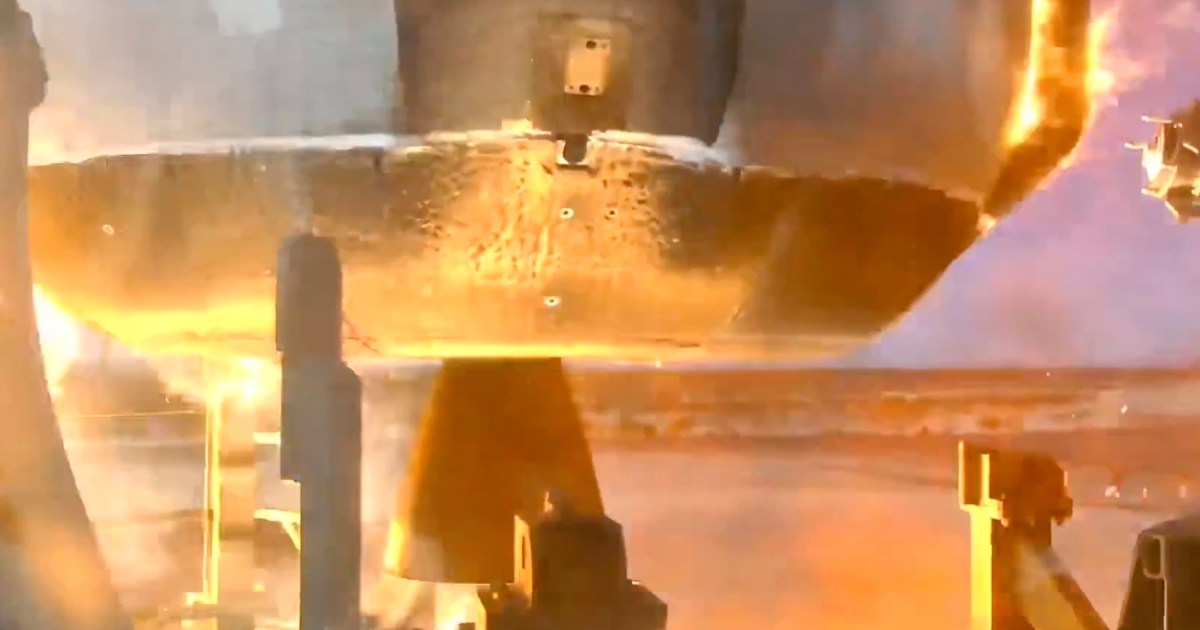
Blue Origin successfully performed its 29th New Shepard flight and 14th payload mission from Launch Site One in West Texas on Tuesday. While most of the recent New Shepard flights have had paying passengers aboard, this one carried science payloads rather than people.
Let’s look at the NS-29 Lunar-G flight from liftoff to landing. 🌕 🚀 pic.twitter.com/KpU4Ep9HtK
— Blue Origin (@blueorigin) February 4, 2025
Notably, Mission NS-29 simulated lunar gravity — an apparent first for a suborbital flight — with 29 of the rocket’s 30 payloads designed to test lunar-related technologies.
To achieve lunar-like conditions, the capsule’s reaction-control thrusters fired in a way that spun the crew module up to 11 times a minute, simulating one-sixth of Earth’s gravity for around two minutes.
“Commercial companies are critical to helping NASA prepare for missions to the moon and beyond,” Danielle McCulloch, program executive of NASA’s Flight Opportunities program, said in a release. “The more similar a test environment is to a mission’s operating environment, the better. So, we provided substantial support to this flight test to expand the available vehicle capabilities, helping ensure technologies are ready for lunar exploration.”
The payloads included LUCI (Lunar-g Combustion Investigation), which aims at better understanding material flammability on the moon, compared to Earth. “This is an important component of astronaut safety in habitats on the moon and could inform the design of potential combustion devices there,” NASA said.
Other payloads aboard the NS-29 mission included research aimed at reducing the impact of lunar dust, and one concerned with construction and excavation on the lunar surface. Instruments designed to detect subsurface water on the moon were also tested during the flight. The search for water molecules a big part of upcoming Artemis missions to Earth’s nearest neighbor.
“New Shepard’s ability to provide a lunar gravity environment is an extremely unique and valuable capability as researchers set their sights on a return to the moon,” said Blue Origin’s Phil Joyce. “This enables researchers to test lunar technologies at a fraction of the cost, rapidly iterate, and test again in a significantly compressed timeframe.”
Tuesday’s flight saw the New Shepard’s crew capsule reach an altitude of almost 342,000 feet before returning to Earth in a parachute-assisted landing just over 10 minutes after launch.
Services Marketplace – Listings, Bookings & Reviews
